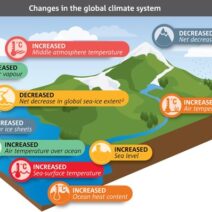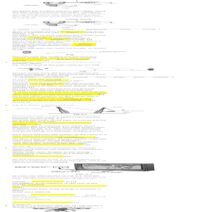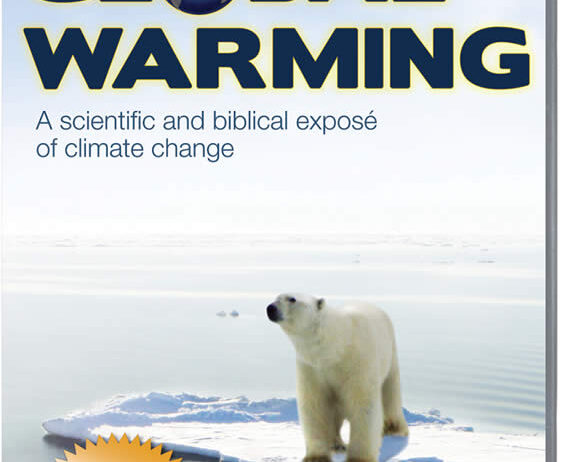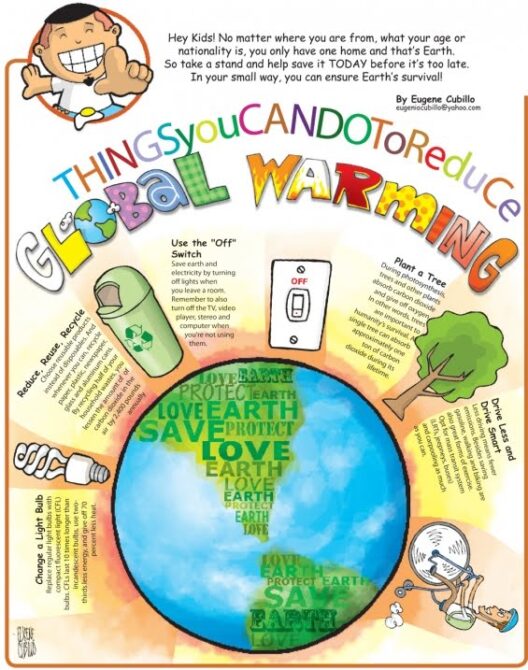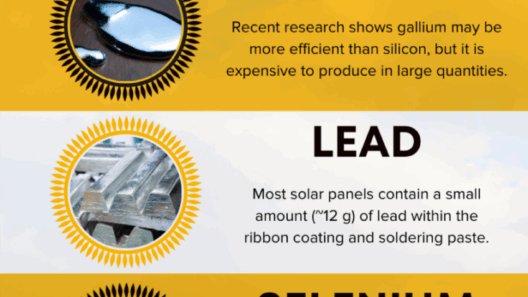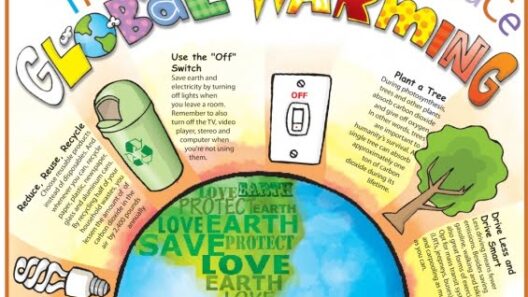In the realm of documentaries addressing environmental issues, particularly global warming, few titles elicit as much curiosity as “A Glass of Warm Milk: The Strangest Global Warming Documentary Ever.” This unconventional film dares to traverse the boundaries of traditional discourse surrounding climate change, offering viewers a unique perspective that, while unorthodox, invites critical thought and engagement with an often polarized topic.
As the title suggests, this documentary promises a blend of whimsy and seriousness, drawing the audience into a narrative that challenges conventional wisdom. At its core, the film aims to explore the multifaceted nature of global warming, engaging with various themes such as science, cultural perception, and the human experience. One can expect a thematic texture that runs the gamut from poignant to perplexing.
One significant aspect of “A Glass of Warm Milk” is its commitment to providing a platform for diverse voices. The documentary features interviews with a wide array of experts, including climatologists, sociologists, and activists. Through these conversations, the film aims to dismantle the monolithic portrayal of climate change debate, showcasing dissenting opinions and alternative hypotheses. This approach not only enriches the viewer’s understanding but also injects a sense of dynamism into the conversation around climate change, allowing for a more nuanced analysis of the data and opinions presented.
Visually, the film employs a kaleidoscopic aesthetic that juxtaposes stunning imagery of affected ecosystems with the stark realities of climate data. The cinematography is executed with precision, capturing both the beauty of nature and the stark transformations it is undergoing due to anthropogenic factors. For instance, scenes of melting glaciers are interspersed with footage of thriving ecosystems, creating a visual dichotomy that evokes both awe and disquiet. This juxtaposition underscores the impact of global warming, illustrating how interconnected our actions are to the health of our planet.
Moreover, the film delves into the historical context of climate change, tracing the roots of environmental degradation to industrial practices that have dominated since the late 19th century. Here, there is an emphasis on the socio-economic facets that have propelled these changes. The narrative confronts viewers with challenging questions: Who benefits from the status quo? Who suffers the consequences? By navigating these topics, “A Glass of Warm Milk” challenges viewers to engage more deeply with the ethical implications of climate inaction, prompting introspection and potential advocacy.
The documentary does not shy away from addressing the emotional weight of its subject. Personal stories of individuals and communities adversely affected by climate change are interwoven throughout the film. These narratives serve as powerful reminders of the human cost of environmental neglect, fostering empathy and understanding. For instance, viewers hear from farmers grappling with altered weather patterns that disrupt their livelihoods, as well as indigenous communities whose cultural identities are inextricably linked to their natural environments. These testimonies breathe life into what can often feel like abstract statistics, humanizing the realities faced by those on the front lines of environmental change.
In terms of structure, the documentary unfolds in a manner that encourages contemplation. It is divided into thematic segments that allow for a deeper exploration of specific issues, such as emissions, renewable energy solutions, and the psychological effects of climate anxiety. Each section is adeptly crafted to build upon the previous one, creating a cohesive narrative that is both informative and engaging. This segmented format not only aids in comprehension but also facilitates targeted discussions among viewers, making it a valuable tool for educators and activists seeking to foster dialogue around climate change.
The documentary’s tone oscillates between an urgent plea for action and a more contemplative reflection on the intricacies of human-nature relationships. While it stresses the immediacy of the climate crisis, it simultaneously invites viewers to ponder long-term solutions. It posits that optimism is not merely a passive waiting but an active engagement with the world, suggesting that collective efforts can lead to transformative changes. This hopeful perspective is crucial, as it offers a counter-narrative to the prevalent despair often associated with discussions of climate change.
Another noteworthy feature of “A Glass of Warm Milk” is its integration of practical solutions. Unlike many films that focus solely on the problem, this documentary explores innovative approaches to combat climate change. From advancements in sustainable agriculture to the rise of solar energy initiatives, the film showcases tangible steps being taken to mitigate environmental impact. This pragmatic outlook serves to empower viewers, illustrating that while the challenges are formidable, proactive measures can be activated to foster change.
In conclusion, “A Glass of Warm Milk: The Strangest Global Warming Documentary Ever” defies traditional documentary conventions, offering a rich tapestry of content that combines empirical data with emotive storytelling. Its innovative approach to discussing climate change, characterized by an array of perspectives, stunning visuals, and personal narratives, beckons viewers to reconsider their understanding of global warming. The documentary not only informs but also inspires, urging its audience to engage actively with the pressing issues of our time. Whether through personal reflection or communal action, the film catalyzes a critical discourse that transcends the conventional boundaries of environmental documentaries. A watch is not just recommended; it is essential for anyone who seeks to understand the world we inhabit and the legacy we leave behind.

